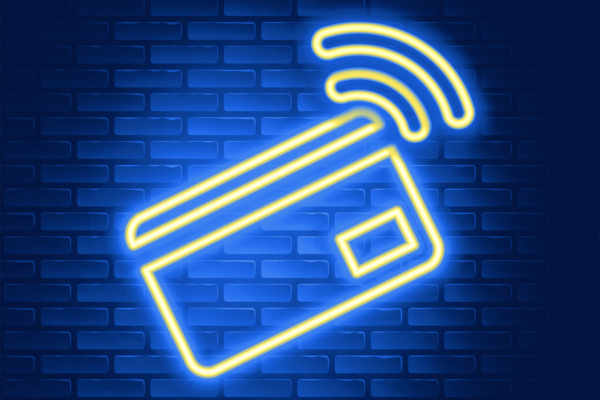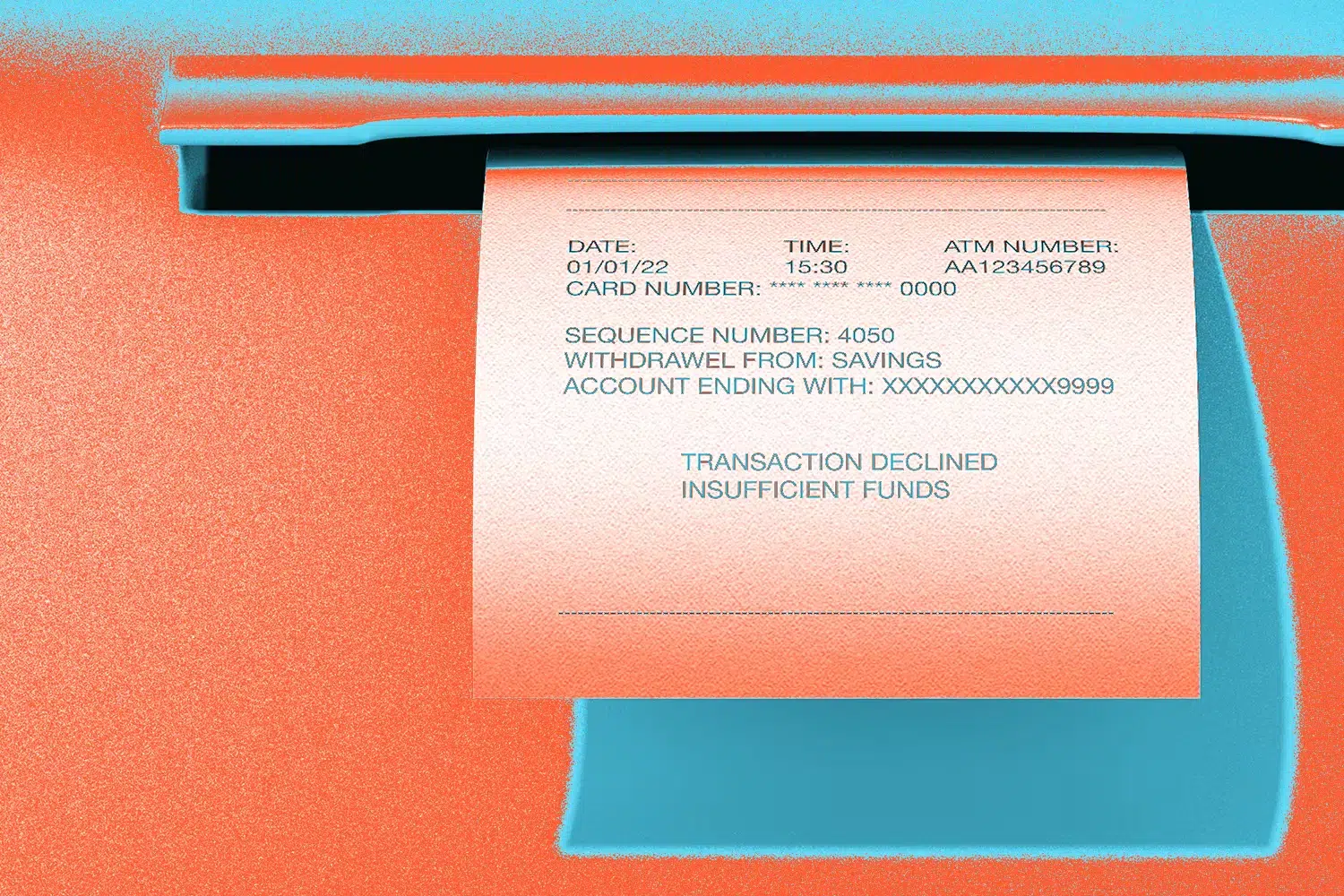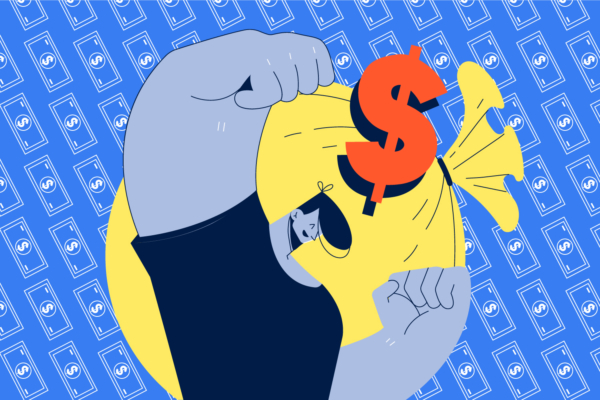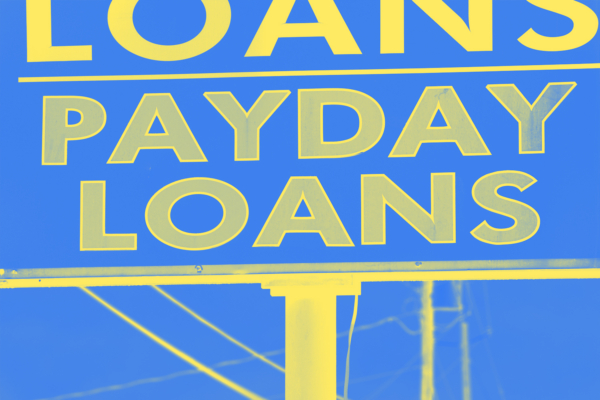
Why Do Banks Charge Fees?

Bank fees can cost you thousands of dollars over your lifetime. A few dollars here and a $25 charge there may not seem like a lot, but they add up quickly. One study showed that one out of every eleven Americans spends $350 or more in overdraft fees per year. This type of bank fee generated a whopping $31 billion in revenue for banks in 2020— and that’s not even counting money made from service fees, ATM fees, minimum balance charges, and more.
Understanding bank fees can help you avoid them, keeping more money in your pocket. In this article, we’ll break down why these charges exist, the effect it has on American consumers, and how credit unions may be the answer to consumers’ bank fee woes.
What are bank fees and why do banks charge them?
Bank fees refer to any charge that a financial institution imposes upon its customers to set up and maintain an account. Bank fees can be broken up into several other categories, including:
- Service fees and monthly maintenance fee: Banks charge these monthly fees simply for having an account open. There are often ways to avoid this, either by choosing a fee-free account or meeting certain stipulations like ten debits a month, for example.
- Minimum balance fee: Some institutions will tack on an extra fee if your account dips below a certain amount.
- ATM fees: You can use ATMs to withdraw money, even if the ATM is not one provided by your bank. However, using an out-of-network ATM may result in fees for each transaction.
- Overdraft fee: If you spend more money than you have in your account, you may have to pay an overdraft fee.
- Foreign transaction charge: Some institutions charge more for transactions made out of the country.
- Fees for receiving paper statements: If you still wish to receive hard copy bank statements each month, your bank may tack on an extra monthly fee.
Keep in mind that not all banks will charge these fees. Some might charge all, some might charge none, and others may charge a few of the ones we mentioned. But the bottom line is that banks are for-profit businesses. Their goal is to make money, and one of the ways they do that is to tack on small fees to the services that people use the most.
Bank Fees Over the Years
Bank fees haven’t always been as high as they are today. In the last 20 years, fees have grown steadily.
Since 1998, overdraft fees have climbed 55% from an average of $21.57 to $33.47 in 2020. ATM fees have followed suit. In 1998, average ATM fees sat below $2.00 per transaction. By 2019, that number had climbed to $4.72.
Why the increases? Financial experts attribute this to several things. For one, banks have kept up with the price of inflation. As the prices of goods and services increase, so do the fees.
Secondly, banks are a necessity for most Americans. It’s how they pay their bills, get paid, manage finances, and more. If banks choose to raise their prices, it leaves account holders with two options: open a new account elsewhere— which takes time and is seen as a huge inconvenience— or simply accept the costs and pay them, putting more money into the pockets of banks.
Who pays the most in bank fees?
Overwhelmingly, lower-income individuals and families pay far more in bank fees than the middle class or wealthy. A 2021 study revealed that low- to moderate-income households (those with income below 80% of the median area income) spent $127 billion in interest and fees on everyday financial services. These households spent an average of 7% of their income on financial services— a much higher percentage than the 3% of income spent on the same services in wealthier households. Furthermore, households considered to be financially vulnerable paid 24% of all fees and interest, despite making up only 14% of the survey group.
Research by the Center for Responsible Lending also found that when it came to overdraft fees, 9% of account holders paid 84% of the total fees. These customers tended to carry low balances— usually less than $350. The less money a person has in their bank account, the more likely it is that they will face some form of bank fees— overdraft fees, insufficient funds charges, minimum balance fees, and more. This creates a vicious cycle that prevents folks from saving what money they can and gaining a solid financial footing.
Fees are also a huge reason why many low-income households choose to remain unbanked or underbanked. For many, the price of not having enough money in the bank outweighs the consequences of not having a bank account at all.
Credit Unions and Fees
So are American consumers doomed to pay these fees forever?
The answer is: not necessarily.
There are financial institutions making efforts to cut costs for account holders. There are a lot of online-only, technology-centered institutions (also called neobanks) that have eliminated fees for their accounts. There are some drawbacks to neobanks—most don’t have physical locations, and many only offer checking or savings accounts; they don’t provide the same level of service as a full-fledge financial institution.
Credit unions are also at the forefront of fee-cutting, with many offering free, no-fee checking accounts for all members. Credit unions offer many of the same services and financial products that a traditional bank does but boast one unique difference— credit unions are not-for-profit. These institutions are member-owned cooperatives that return any profits that they make back to their account holders in the form of lower interest rates on loans and better dividends on deposits. Without lucrative profits guiding a credit union’s decisions, they operate to serve their members and community.
Fees as Income
While fees may have the same name, they don’t always have the same purpose. Some banks have relied on fees for so long, their shareholders would never allow them to eliminate fees. Some poorly structured credit unions may actually have higher fees than banks. Other financial service providers may rely on fees as a significant portion of their income. Neobanks might offer a perk now, but revoke that perk later when it gets to be too expensive. When you’re looking at a financial institution or neobank, always read the fine print and understand the fee structure before you sign on the dotted line.
Get More with No Fee Banking
Bank fees can be a huge barrier for Americans looking to simply save money. These seemingly small charges have risen over the years, making it harder for many— but especially low- to middle-income households— to keep their money in a bank.
Here at Amplify, our goal is to remove the obstacles that stand between our members and financial success, so we turned off all of our bank fees–literally, all of them. Everyone gets no fee banking, no matter what. Other banks claim free banking, but as soon as you look at the fine print or sign up for the wrong kind of account, it all falls apart.
Amplify, we keep it simple. We have one type of checking and one type of savings: fee-free. Sign up for your account today!




